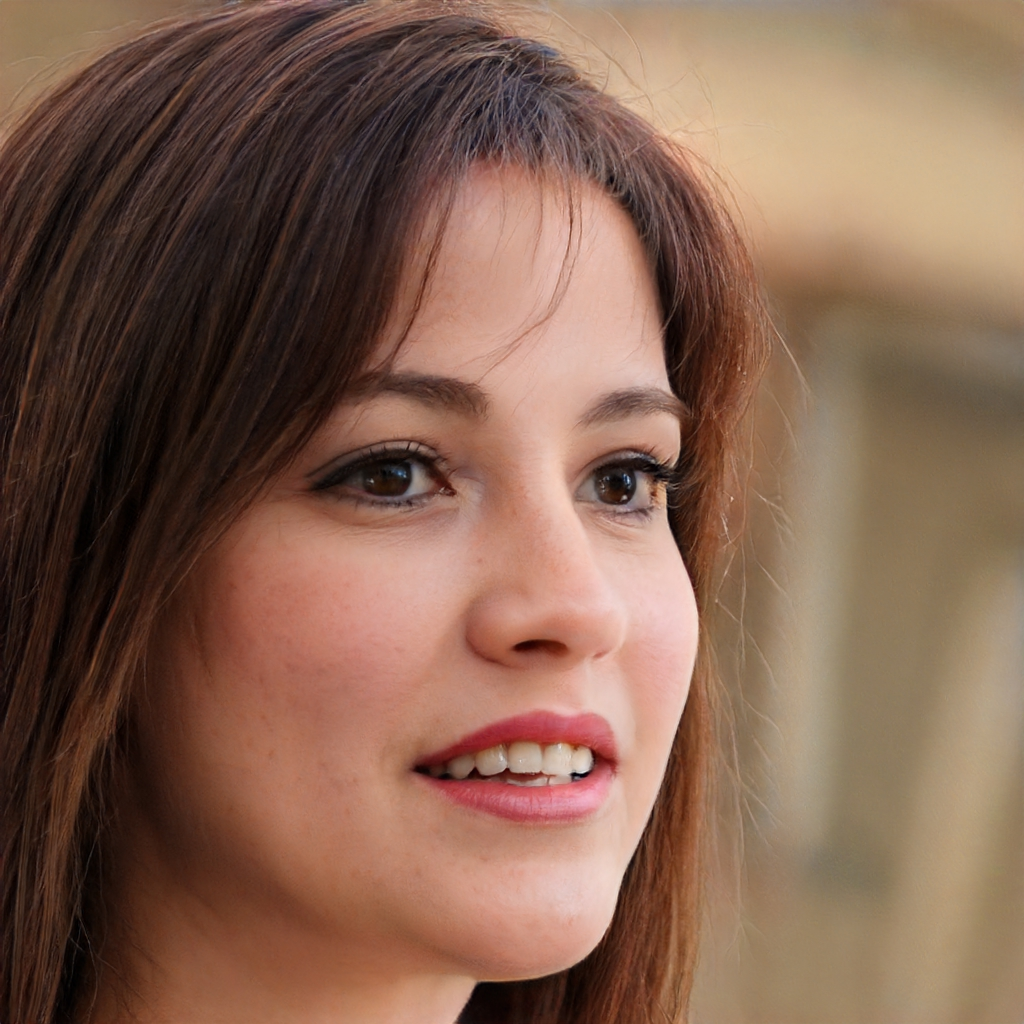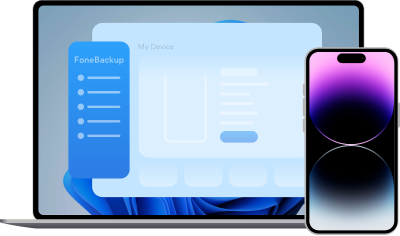How to Transfer Photos from Android to iPhone SE: 5 Ways
Switch to iPhone SE (2020, 2022)? Your Android photos can be easily imported. You will have a very detailed guide to quickly transfer photos from Android to iPhone SE.
Transfer photos from Android to iPhone SE
iPhone SE always is taken as the most cost-effective iPhone. With the latest processor and old-fashioned design, iPhone SE is attractive to lots of Android users. And now, the new generation of iPhone is on the way, so it is a good chance to try the iOS phone.
When you get a new iPhone SE, it is important to transfer data from Android to the new iPhone, especially for photos. It usually contains good memories. But because of the different ecosystems, you need different ways to share photos from Android to iPhone SE. This passage will guide you to transfer photos to new iPhone SE in every way.
-
Method 2. Quickly transfer photos to iPhone SE with AOMEI FoneBackup
-
Method 4. Sync photos from Android to iPhone via iCloud client
Method 1. Directly import Android photos via Move to iOS
Apple has made the "Move to iOS" app for users who switch from Android to iPhone. The "Move to iOS" app enables users to transfer photos/videos, messages, contacts, and other content from an Android phone to an iPhone. You just need to download the Move to iOS app on your Android phone, and then transfer photos to iPhone before you set up it. You could transfer photos from Android to iPhone SE without computer.
Step 1. Start your new iPhone SE and select Move Data from Android.
Step 2. Open the Move to iOS app on Android phone and tap Continue on both devices.
Step 3. Wait for a code on your iPhone and then input the code on your Android device.
Step 4. Check Camera Roll on Android phone and tap Next. Wait for the process to complete and set up iPhone.
Method 2. Quickly transfer photos to iPhone SE with AOMEI FoneBackup
If you want to import photos to iPhone SE as soon as possible, you need to use the fastest iPhone photo transfer, AOMEI FoneBackup for iOS. It is an excellent tool to help you transfer unlimited photos to iPhone SE directly and wirelessly.
AOMEI FoneBackup is fully compatible with all iPhone SE models, as well as the latest iPhone 15/14/13/12/11, iPad/iPod Touch, and also supports iOS 17/16. It not only supports you transferring photos, but also allows you to send videos, music, contacts, and other files.
Step 1. Download and install AOMEI FoneBackup on the Android (click the button below) and iPhone SE (Tap this link) > Open AOMEI FoneBackup on both devices.
Step 2. Turn on the Wi-Fi, but no need to connect to a network > Make sure AOMEI FoneBackup to use WLAN (Don't need to connect to Wi-Fi, just enable the Wi-Fi option).
Step 3. On the target Android phone, click Connect Device > Tap Connect to iOS > Scan the QR code by using the iPhone SE.
Step 4. Focus on the Android, go to File Transfer > Tap Photos > Preview and select the photos that you want to transfer > Click Send to start.
Step 5. After that, on your iPhone, click Confirm to receive files.
Besides, the desk version of AOMEI FoneBackup can help you manage your iOS data. You can transfer everything from iPhone to iPhone at once, or selective transfer your data between iOS and PC. If you need, you can download it and find more!
Method 3. Send photos to new iPhone SE via iCloud.com
If you are new to Apple’s iOS, you should know how to backup pictures to iCloud. iCloud is a cloud-based service provided by Apple that helps users to save and sync photos, messages, contacts, or the whole iPhone. And it can be also visited on Android devices. You can go to iCloud site and upload photos to your iCloud, then with the Apple account signed in, these photos will be automatically synced to new iPhone SE.
Step 1. Open the browser on your Android phone and go to https://www.icloud.com/. Sign in to your Apple ID. If you don’t have an Apple ID, you should go to Apple’s site to sign up. Apple ID is a must to use your iPhone.
Step 2. Click the icon of photos to manage iCloud Photos.
Step 3. Scroll down to the bottom and tap Upload. Then, you could select the photos on Android to transfer to iCloud.
Step 4. Go to Settings on iPhone SE > [your name] > iCloud > Photos and turn on iCloud Photos. You should connect iPhone to the Internet to let it download photos to your iPhone.
Method 4. Sync photos from Android to iPhone via iCloud client
What if you have multiple photos on Android and you don’t want to select them one by one on iPhone? You could transfer all the photos to computer and then upload photos to iCloud via the iCloud client. The following step will show you how to transfer photos from Android to Windows 10. If you have a Windows 8 computer, you could transfer photos to computer using AutoPlay.
Step 1. Connect Android phone to computer with USB cable. Open the Photos app on computer. Select Import > From a USB device and then you could select the photos on your Android phone to transfer. Usually, your photos could be found at C:\Users\[YourUserName]\Pictures\iCloud Photos\Downloads.
Step 2. Download iCloud for Windows to computer. Sign in with your Apple ID, and enable Download photos, Upload photos, or Create new folders in Options.
Step 3. Open Windows Explorer and click iCloud Photos.
Step 4. Copy the photos you want to move photos from iPhone to iCloud to the folder Upload. Wait for a while to let it upload photos.
Step 5. Go to Settings on iPhone SE > [your name] > iCloud > Photos and turn on iCloud Photos to transfer all the photos to iPhone SE.
Method 5. Sync photos from Android to iPhone SE via iTunes
If you use Apple’s iOS, you could use iTunes to purchase music and movies, and also create an iPhone backup on computer using iTunes. It could be used to transfer photos from PC to iPhone, but there are some limitations. Every time you sync photos via iTunes, the photos you synced last time would be covered. Besides, if you turn on iCloud photos, these photos would be covered by iCloud photos.
Step 1. Import photos from Android phone to computer by the way in method 2.
Step 2. Download iTunes and then connect iPhone to computer with a USB cable. Click the device icon in the upper-left corner.
Step 3. Select Photos section in the sidebar. Check Sync Photos and then select Copy photos from “the folder containing your photos”. Finally, click Apply.
Conclusion
When you get your new iPhone SE, you could try iOS at an affordable price. If you are a new user of iPhone, you need to know more about Apple ID, iCloud, and iTunes. This passage introduced 5 simple ways for you to transfer photos from Android to iPhone SE. You could pick the one method you like to keep using your photos.

